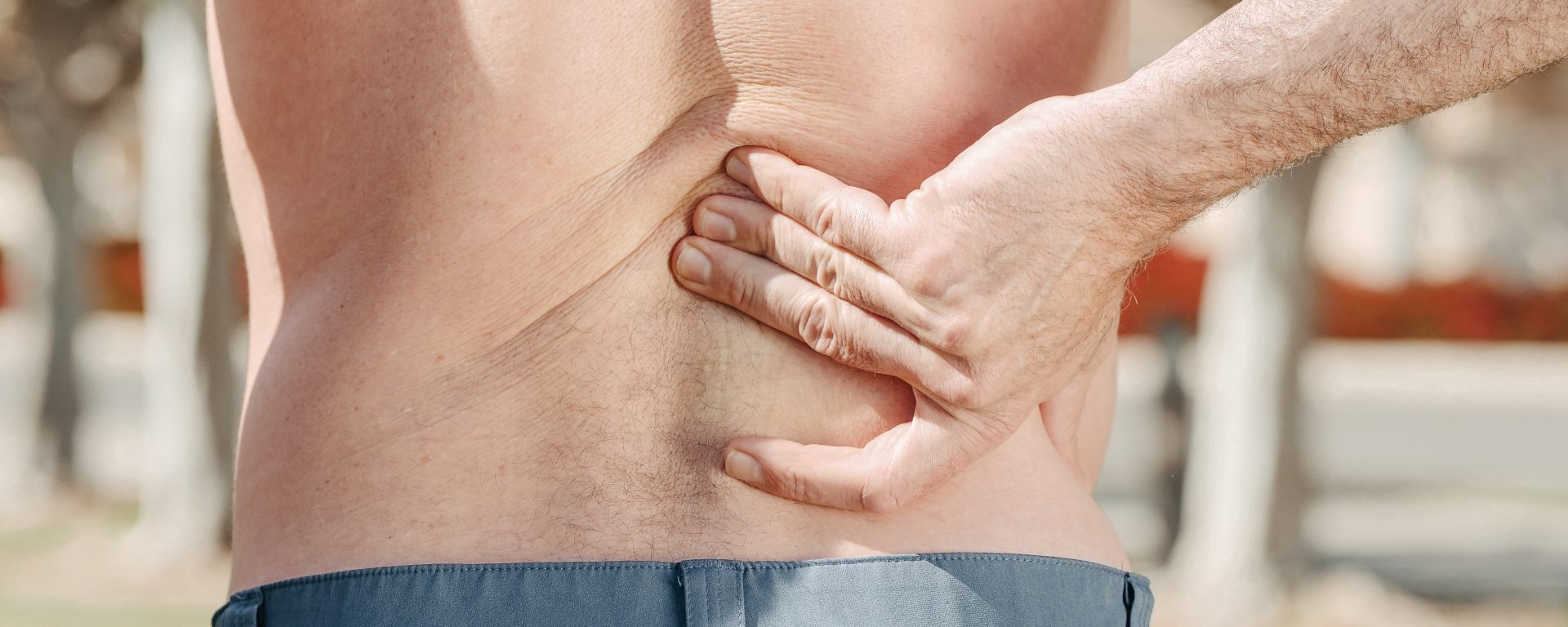Chronic low back pain is a prevalent condition that can significantly impact an individual’s quality of life. Researchers led by Michael E Geisser, et. al., (2005) conducted a study to investigate the effectiveness of a treatment approach combining manual therapy with specific adjuvant exercise for alleviating chronic low back pain and reducing disability.
In this single-blind, randomized, controlled trial, a group of 100 patients suffering from chronic low back pain were enrolled. The participants were randomly assigned to two different treatment approaches. One group was given a personalized exercise program designed to address their musculoskeletal dysfunctions, while the other group received a more general exercise regimen focused on stretching and aerobic conditioning. Additionally, participants in both groups received either real manual therapy or sham manual therapy.
Over a span of 6 weeks, participants attended weekly sessions and were instructed to perform their prescribed exercise program twice daily. Out of the initial 100 patients, 72 successfully completed the study, providing valuable data for analysis.
The researchers employed various measures to assess the impact of the interventions. The results of the analysis showed noteworthy findings. Multivariate tests conducted to gauge pain and disability levels demonstrated a significant interaction between the type of treatment and the progression of time (P = 0.04 and P = 0.05 for pain and disability, respectively). This indicated that the changes in these measures from before the treatment to after the treatment were influenced by the specific treatment received.
When accounting for initial pain scores, patients who underwent manual therapy in combination with specific adjuvant exercise reported noteworthy reductions in pain. However, the study did not observe any noticeable improvement in perceived disability, except for a unique observation in the group that received sham manual therapy with specific adjuvant exercise. In this group, there was a significant increase in perceived disability after the treatment.
The discussion surrounding these findings is crucial for understanding the implications of the study. The combination of manual therapy and specific adjuvant exercise demonstrated promise in effectively managing chronic low back pain. While pain levels were positively impacted, the study revealed that perceived functional ability did not experience the same improvement. This suggests that solely addressing chronic low back pain might not be sufficient to tackle the complex interplay of psychosocial and other factors contributing to disability in these individuals.
The study’s authors acknowledge the need for further investigation into the long-term effects of these interventions. They also emphasize the importance of identifying additional adjunctive treatments that could enhance overall functionality and well-being in this patient population. This research sheds light on a potential avenue for managing chronic low back pain more effectively and opens the door for future studies to explore comprehensive approaches that address both physical and psychosocial aspects of this debilitating condition.
Reference: Geisser, M. E., Wiggert, E. A., Haig, A. J., & Colwell, M. O. (2005). A randomized, controlled trial of manual therapy and specific adjuvant exercise for chronic low back pain. The Clinical journal of pain, 21(6), 463.
